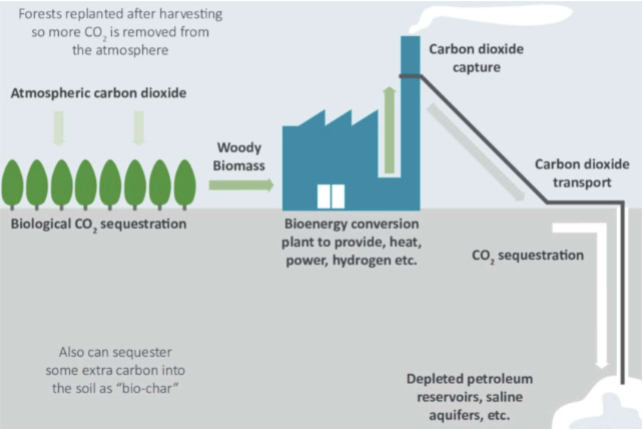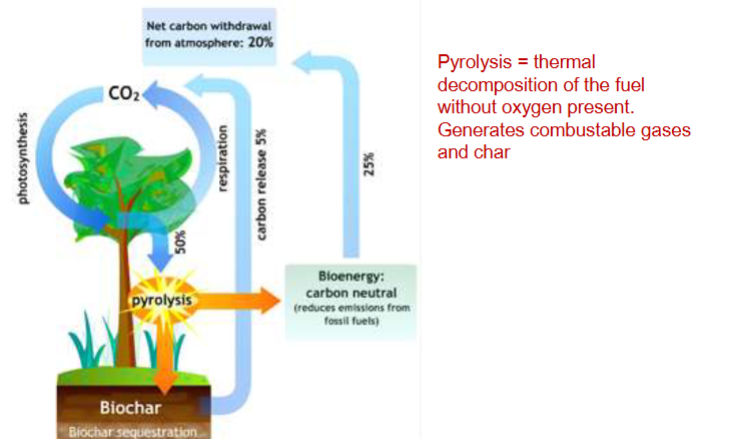5 fossil
1/21
There's no tags or description
Looks like no tags are added yet.
Name | Mastery | Learn | Test | Matching | Spaced |
|---|
No study sessions yet.
22 Terms
Where global coal reserves
asia and north america
where natural gas
asia north america equator
where oil
north america russia saudi arabia
Oil shale
an organic-rich fine-grained sedimentary rock containing kerogene from which liquid hydrocarbons can be produced
Peat: formation time and where
500 years north
Oil products
- Gasoline
- Diesel fuels
- Asphalt base
- Fuel oils
- Heating oils
- Kerosene
- Liquified petroleum gas
Liquified petroleum gas (LPG)
• Propane, butane
• Gaseous att atmospheric preassure but can be condensed into liquid state
• LPG vapour is denser thean air: leaking gasses can floe long distances from the source
Natural gas
• 95% methane
• Hagh caloric value
• Does nor require storage facilities on site
• No sulphur
Mixes readily with air without producing smoke or soot
Fossil fuel consumption: how many yeas left
Coal - 175 years att current consumption
Oil - 32 years at curent consumption
Natural gas - 43 years at current consumption
we are past peak oil
Advantages of fossil
• Large amounts of electricity can be generated in one place, at realtivley low direct cost
• Transporting oil and gas to the power stations is easy
• Gas-fired power stations are completley efficent and less poluting
• A fossil.fueled power station can be built alost anywhere
High energy density fuels that make them suitable for transportation and other aplications
Dissadvantages of fossil
• Air polution
• Contributes to global warming
• Acid rain due to SO2 and Nox emissions
• Healt effects
• Reduced harvest due to air polutants
• Enviromental risks due to mining
Depleation of limited resources
Removal of emissions at the source
Before combustion
Pre-treatment of fuels (reduce content of S, N, H2O and trace elements)
Oil refineries (fuels optimized for combustion)
During combustion
Optimize combustion conditions (reduce formation of CO, CxHyOz, soot, Nox)
After combustion
Capture emissions (various after-treatment of exhaust gases)
Catalytic cleaning (additional reaction steps, reduce CxHyOz, soot, Nox)
Filters (particles
Before comustion - refining for less emissions
• Removal of sulfur from coal: fysical, chemical and biological methods
Removal of sulfur from oil: heat treatment in a refinery
During combustion - refining for less emissions
• Optimize combustion conditions to reduce formation of CO, CxHyOz, soot and Nox
To optimizze:
- Mixing of fuel and oxygen, recidense time, temperature
- Compatibility between fuel propertioes and combustion unit design
Handling of the combustion equipment is important
After combustion - sulfur removal
Exampel: wet scrubbers
• Commonly used
• Removes ca 90% of the sulfur
Example: SNOX process (combined removal of sulfur and NOX)
• Catalytic reduction of NO to N2 using NH3
• Catalytic oxidation of SO2 to SO3
Production of H2SO4
Particle removal
• Inertial or interception (more efficent with increazing particle size)
• Diffusion to a solid or liquid collection surface
• Charging of particles
- Cyclones
- Fabric filters
- Electrostatic percipitators
Scrubbers
CO2 reduction
• Using less energgy
• Using low-carbon energy sources
• Usin carbon-containing fuels without emitting CO2 to the atmosphere (CCS)
CCS:
• Oxyfuel
• Membrane separation from other gases
• Carbon dioxide scrubbing
Co2 stored as compressed gas
Conciderations:
- Decrased power plant efficency by aproximatlety 10-40%
- Captures about 80-95% of the carbon in exhaust gas
Increases the price on electricity by aproximatly 30-60%
BECCS
Bioenergy with CO2 capture and storage (BECCS) to produce negative CO2 emissions

CCS advantages
• Can continue to use conventional sources and existing infrastructure
• Could be a potential accepted solution for countries having large scale coal reserves (China Usa)
• Ccs ON BIOENERGY CAN GIVE NEGATIVE co2 EMISSIONS
CCS dissadvantages
• CCS is not a long tem solution since both fossil fuels as well as the CCS storage potental are limited
• CO2 may leak from the storages
Investments in CCS thecnology may take research funding from thaé development of renewable resources
BIochar
Oyrolysis = thermal decomposition of the fuel without oxygen present. Generates combustables gasese and char
